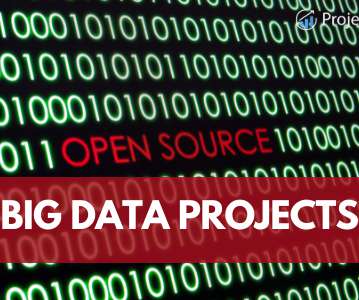Best Morgan Stanley Data Engineer Interview Questions
U-Next
MARCH 1, 2023
Data warehouses are databases that integrate transaction data from disparate sources and make them available for analysis. What is the difference between a relational and a non-relational database? Relational databases are structured, which means the data is organized in tables.
















Let's personalize your content